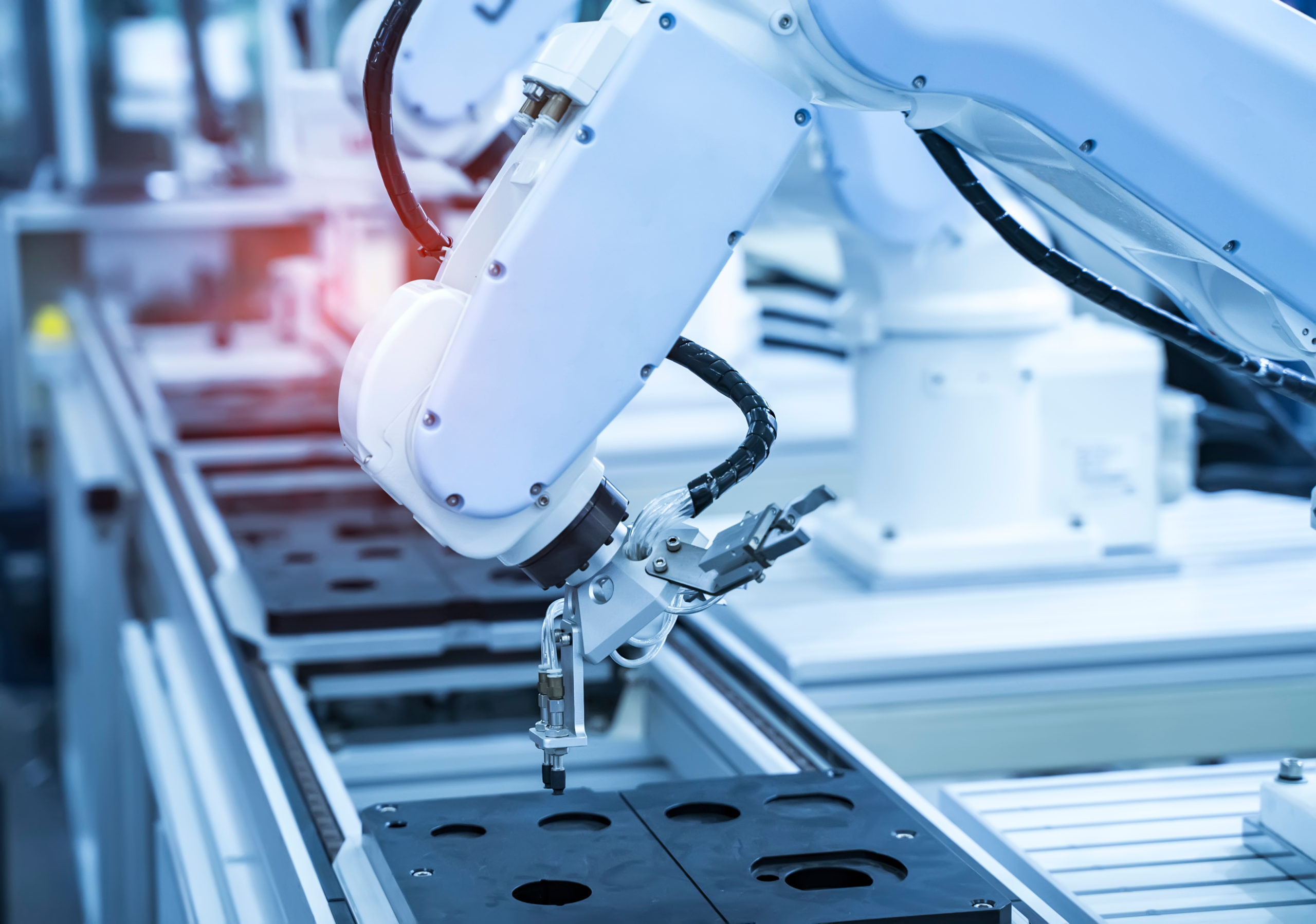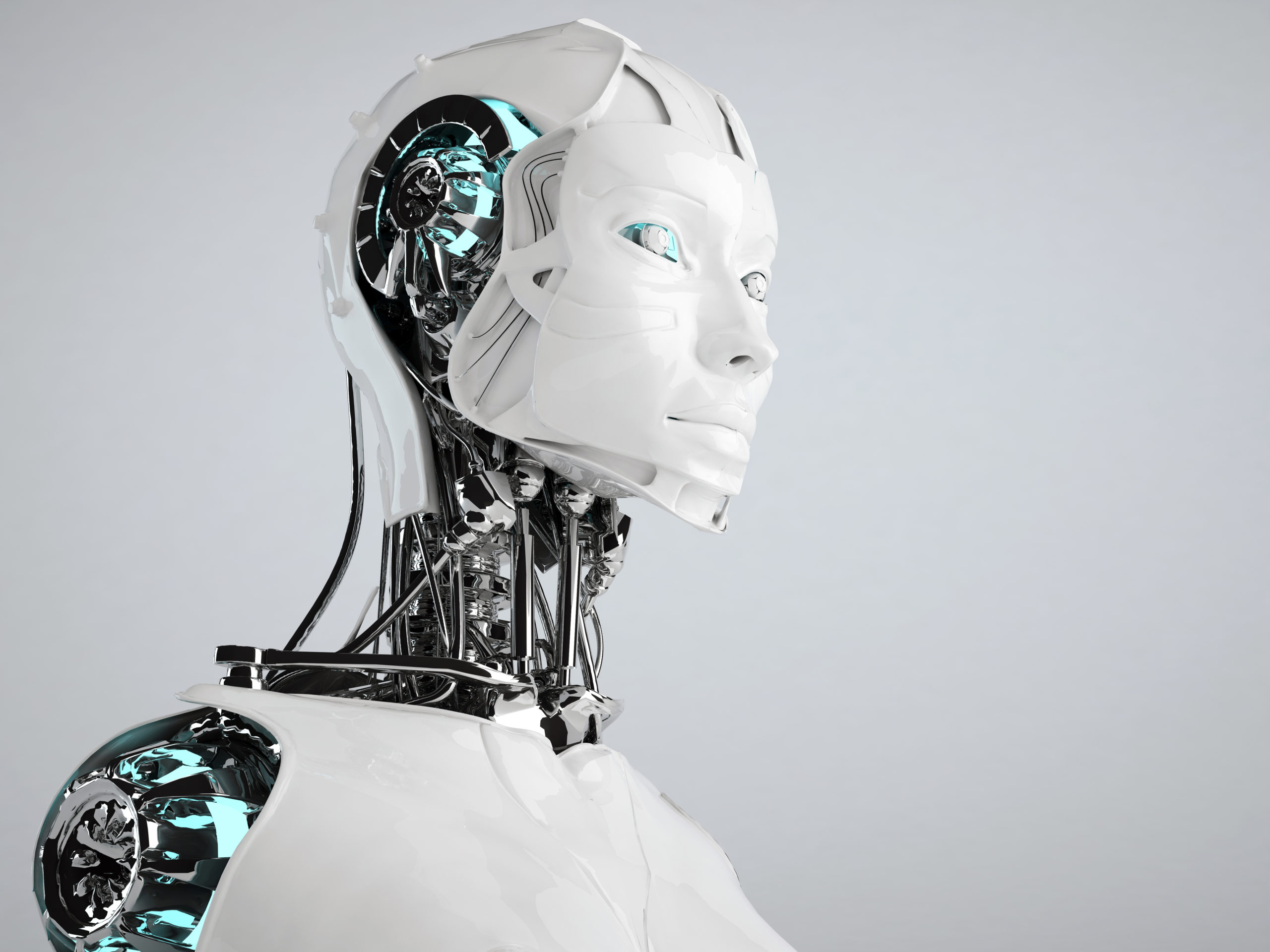The Composite
Seductive Optics and Skeuomorphic Intelligence, Part IV.This is the last in a series. Read Part I, Part II – “Moving PIxels“, and Part III -“Talking Boxes“.
The greatest aspiration of artificial intelligence Frankensteins is stitching together all the sundry parts into a moving, talking, seeing, and interacting android. Today, this composite of technologies is most famously embodied in Sophia. This android from Hanson Robotics is an international “celebrity”, appearing on late night shows and on the exhibit floors of tech conferences.
With how many things are we on the brink of becoming acquainted, if cowardice or carelessness did not restrain our inquiries.
Mary Shelley, Frankenstein
On its marketing page, Sophia’s marketing department puts the following words in its mouth, as though it has a sense of self and is speaking in the first person.
In some ways, I am human-crafted science fiction character … In other ways, I am real science, springing from the serious engineering and science research … In their grand ambitions, my creators aspire to achieve true AI sentience. Who knows? With my science evolving so quickly, even many of my wildest fictional dreams may become reality someday soon.
“Sophia“, Hanson Robotics (March, 2022)
With a knowing wink, the programmers for Sophia have dubbed its operating and networking system the Synthetic Organism Unifying Language: SOUL. Sophia continues: “Recently my scientists tested my software using the Tononi Phi measurement of consciousness, and found that I may even have a rudimentary form of consciousness, depending on the data I’m processing and the situation I’m interacting in!”
Whatever may be the case, and whatever dubious presuppositions underwrite Hanson Robotics’ claim of rudimentary consciousness, it is a mistake to think that Sophia’s human resemblance justifies it any way.



If you’re inclined to think, based on appearances, that Sophia or the android above are more likely to be conscious than an assembly line robot or the vehicle you drive, you’ve been schnookered by seductive optics. Your vehicle has far more lines of code than Sophia and its development process and basic ingredients are the same. Looks can be deceiving, and in this case most assuredly intend to be so. Though it’s still stuck in the uncanny valley, Sophia’s facade and feminine figure are more disarming than the metal frame beneath its “frubber” skin, which still resembles a Cyberdyne T-800 on the assembly line.
It is possible that at some time this might be done, but even supposing this invention available we should feel there was little point in trying to make a “thinking machine” more human by dressing it up in such artificial flesh.
Alan Turing, “Computing Machinery and Intelligence” (1950)

Thinking that Sophia’s wink is a come-on, that it can laugh at its own jokes, or that it could be surprised at a new insight, is like thinking your computer’s “Desktop” can be chopped up to be used as kindling, that documents in the “Recycle Bin” will someday be reused as coffee cups, that Mac’s startup “hello” is a warm greeting, and that it is self-aware when it introduces itself on the local area network as “iMac-208c”. These skeuomorphisms we use from human behavior obscure the categorical chasm between the real and the replica. In truth, Alexa and Sophia are no more conscious or intelligent than Mona Lisa. But the microchip, the machine language, and the algorithms lie in darkness, and we are more easily seduced. Behind the veil, Sophia’s SOUL looks something like this.
#[no_mangle]
pub unsafe extern "C" fn atom_get_object(atom: *const atom_t) -> *mut gnd_t {
if let Atom::Grounded(ref g) = (*atom).atom {
match (*g).as_any_ref().downcast_ref::<CGrounded>() {
Some(g) => g.get_mut_ptr(),
None => panic!("Returning non C grounded objects is not implemented yet!"),
}
} else {
panic!("Only Grounded has object attribute!");
}
}There is no subject in which men have always been so prone to form their notions by analogies of this kind, as in what relates to the mind. We form an early acquaintance with material things by means of our senses, and are bred up in a constant familiarity with them. Hence we are apt to measure all things by them; and to ascribe to things most remote from matter, the qualities that belong to material things.
Thomas Reid, “Essays on the Intellectual Powers of the Human Mind” (1785)
In Our Own Image
Thousands of years ago, the Hebrew prophets mocked the idol makers of their day for bowing to worship their own humanoid sculptures. They joked that in addition to being blind and mute, these idols were made from the same pile as their fire wood. The idols could not know nor understand, much less act upon a prayer or plea. This taunt has less resonance now. Our creations can “listen”, so to speak. They can “see”, from a certain point of view. They can even do our bidding, if an API is available.
In Frank Herbert’s Dune, in the aftermath of a war with AI machines, The Great Convention commands: “Thou shalt not make a machine in the likeness of a human mind.” This science fiction storyline is plausible to us because of the huge strides we have made in imitating human behavior. But we ought not be taken in by appearances. As of yet, there’s no reason to think that our more svelte and capable androids and avatars are more alive or aware than the totems and effigies of our ancestors. Mona Lisa smiles, but she is not happy. Sophia speaks, but it knows not what of.
Human artistry and artifice is on an amazing trajectory. Some think the replicas are on a course to meet up with and surpass human sentience and intelligence. That is a miscalculation, a category mistake, an ontological confusion. Our skeuomorphic replicas, whether rendered with paints, in pixels, by processing petabytes, or covered in frubber are on a parallel path. There’s nothing in their ever increasing fidelity that should cause us to be over awed. The creations we’ve created in our own image are a mirror, a shadow, an echo.
